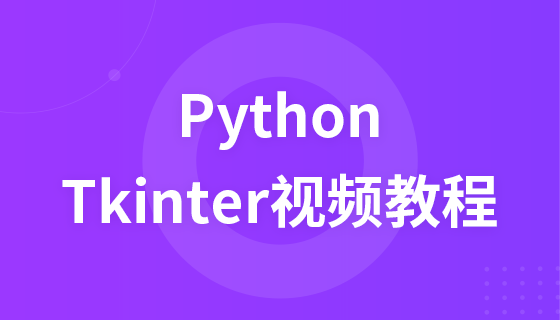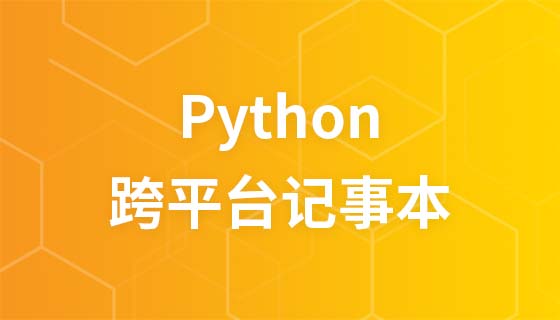
在函数内部,可以调用其他函数。如果一个函数在内部调用自身本身,这个函数就是递归函数。
举个例子,我们来计算阶乘n! = 1 x 2 x 3 x ... x n,用函数fact(n)表示,可以看出:
fact(n) = n! = 1 x 2 x 3 x ... x (n-1) x n = (n-1)! x n = fact(n-1) x n
所以,fact(n)可以表示为n x fact(n-1),只有n=1时需要特殊处理。
于是,fact(n)用递归的方式写出来就是:
def fact(n): if n==1: return 1 return n * fact(n - 1)
上面就是一个递归函数。可以试试:
>>> fact(1) 1 >>> fact(5) 120 >>> fact(100) 933262154439441526816992388562667004907159682643816214685 92963895217599993229915608941463976156518286253697920827223 758251185210916864000000000000000000000000
如果我们计算fact(5),可以根据函数定义看到计算过程如下:
===> fact(5)
===> 5 * fact(4)
===> 5 * (4 * fact(3))
===> 5 * (4 * (3 * fact(2)))
===> 5 * (4 * (3 * (2 * fact(1))))
===> 5 * (4 * (3 * (2 * 1)))
===> 5 * (4 * (3 * 2))
===> 5 * (4 * 6)
===> 5 * 24
===> 120
递归函数的优点是定义简单,逻辑清晰。理论上,所有的递归函数都可以写成循环的方式,但循环的逻辑不如递归清晰。
使用递归函数需要注意防止栈溢出。在计算机中,函数调用是通过栈(stack)这种数据结构实现的,每当进入一个函数调用,栈就会加一层栈帧,每当函数返回,栈就会减一层栈帧。由于栈的大小不是无限的,所以,递归调用的次数过多,会导致栈溢出。可以试试fact(1000):
>>> fact(1000) Traceback (most recent call last): File "", line 1, in File " ", line 4, in fact ... File " ", line 4, in fact RuntimeError: maximum recursion depth exceeded in comparison
Das obige ist der detaillierte Inhalt vonPython递归算法很难吗,实例详解Python递归函数. Für weitere Informationen folgen Sie bitte anderen verwandten Artikeln auf der PHP chinesischen Website!



